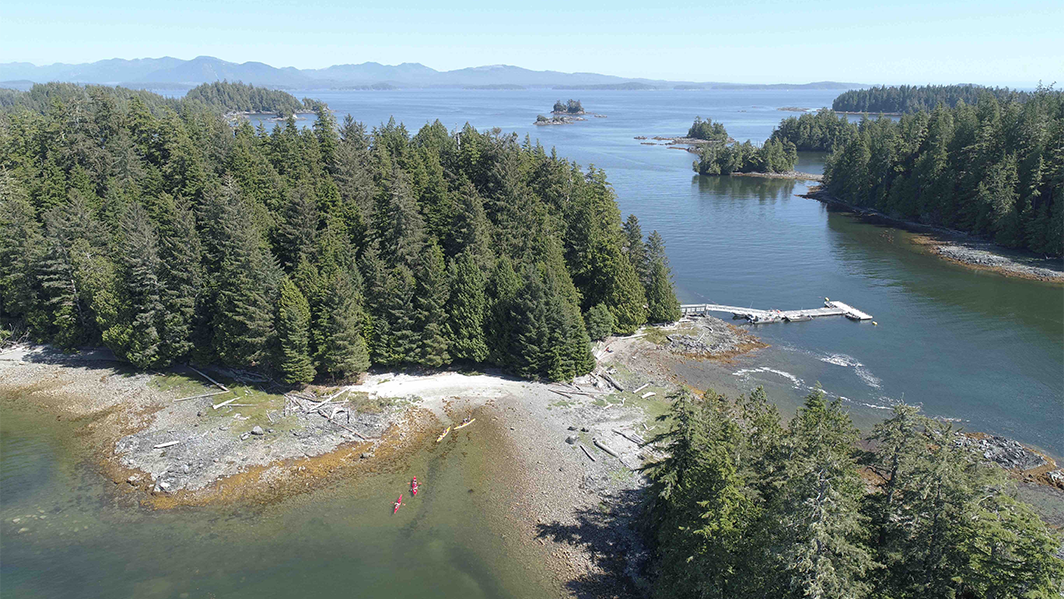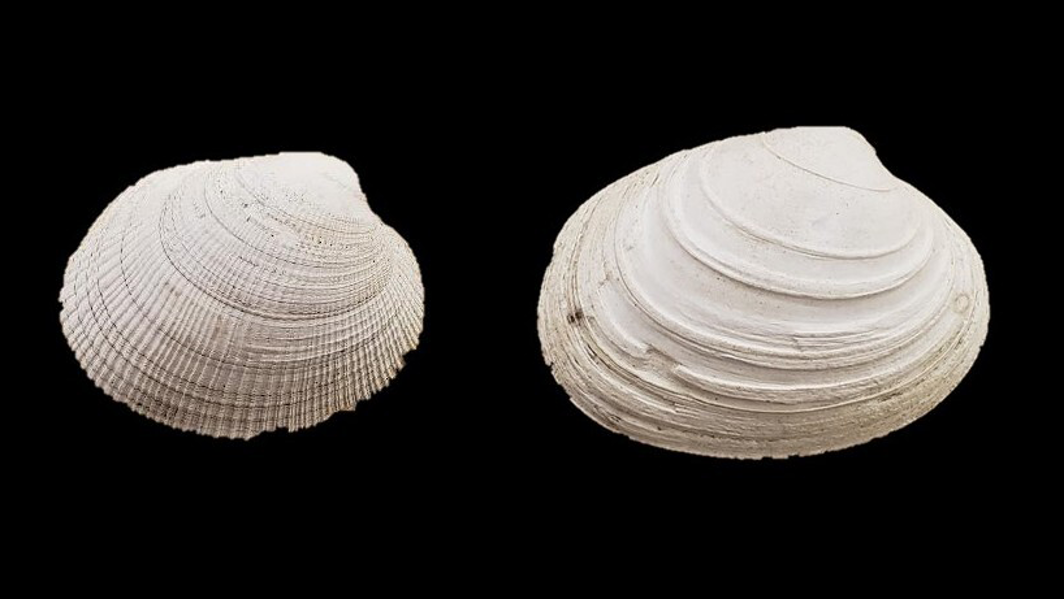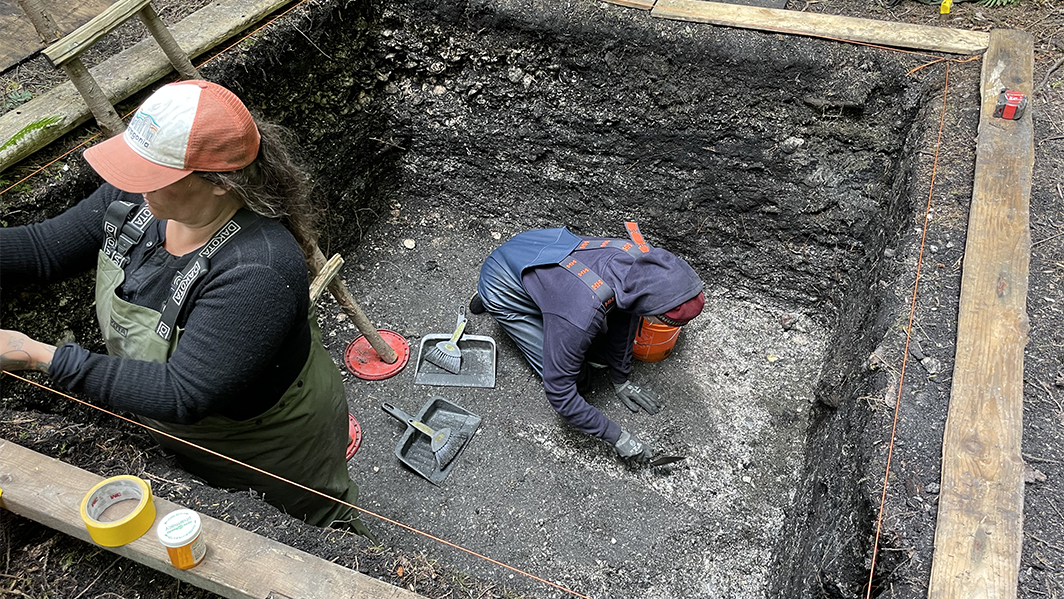Shellfish resilience
July 10, 2025

Researchers Find Crab and Clam Resilience Etched into Shells
In the Broken Group Islands off western British Columbia, shellfish populations have evaded large-scale commercialization and remained stable for the past 3,000 years.
A new study reveals a bright spot for shellfish populations in the northeast Pacific Ocean. Combining paleontological tools and archaeological data with conservation research, the paper finds that, for the past 3,000 years, crab and clam species have remained stable in the Broken Group Islands off the west coast of Vancouver Island, British Columbia.
The results, published in the July 2025 issue of Biological Conservation, suggest that the area has been largely sheltered from large-scale commercialization during the past century—while also demonstrating the sustainable relationship between local Indigenous peoples and shellfish over millennia.
“We always think of ourselves as separate from nature, but we are a part of our ecosystems,” says Kristina Barclay, a research scientist at the Hakai Institute who was the lead author on the study. “Indigenous peoples understand this inherently, and the archaeological record can also demonstrate that.”

Littleneck clams (left) and butter clams are both eaten by crabs in the northeast Pacific Ocean. The butter clam shows a distinctive repair scar—a record of a crab’s crushing claw that the clam survived. Image courtesy of Kristina Barclay.
Dungeness crab is one species of cultural importance to coastal First Nations, and the study—which Barclay conducted as part of a Banting Postdoctoral Fellowship at the University of Victoria (UVic), in collaboration with UVic researchers Julia Baum and Iain McKechnie as well as a Tseshaht First Nation representative, Denis St. Claire—finds that crab populations in the Broken Group have remained stable over thousands of years of harvesting. Crabs such as Dungeness have been largely overlooked in the archaeological record, despite concerns from First Nations on the central coast and other parts of British Columbia about species declines.
The paper takes a novel approach to studying the abundance of crabs and clams: it looks at evidence of crab predation efforts by Dungeness, red rock, and graceful rock crabs on littleneck and butter clams. When a crab attacks but fails to kill, it leaves a claw-shaped “repair scar” on the clamshell, “just like if you’ve healed from a broken bone,” Barclay says.
Repair scars have been used to assess the relative abundance of crab populations in modern contexts, but this is one of the first studies to consider scars as archaeological evidence of historical crab populations. For coastal First Nations and fisheries managers, this approach offers “one more tool in the tool box,” Barclay says, which could be applied more broadly on the BC coast, especially given the large number of archaeological sites.

University of Victoria anthropology students excavate as part of Tseshaht-UVic archaeology field school in Barkley Sound which supported the research reported in this study. Photo by Iain McKechnie.
“The approach was originally developed to study predator-prey interactions in the fossil record and predator-prey evolution through time,” Barclay adds. “It’s really cool to apply it to other fields.”
The fact that the Broken Group Islands are a stronghold for shellfish populations may not come as a surprise; the archipelago is located within Tseshaht First Nation territories and Pacific Rim National Park Reserve and is only accessible by boat, thereby sheltering the region from the kind of commercial harvesting that’s devastated populations elsewhere. But Barclay says she was surprised that ocean acidification and warming ocean temperatures due to climate change haven’t yet made a bigger dent in the Broken Group.
“I was expecting more of a sad story and was very happy to see that these populations are resilient,” Barclay says.
But just because it’s a good news story now doesn’t mean things aren’t tenuous, she adds.
“These ecosystems are still vulnerable to climate change, so we still really need conservation and to cut carbon emissions.”
-end-
